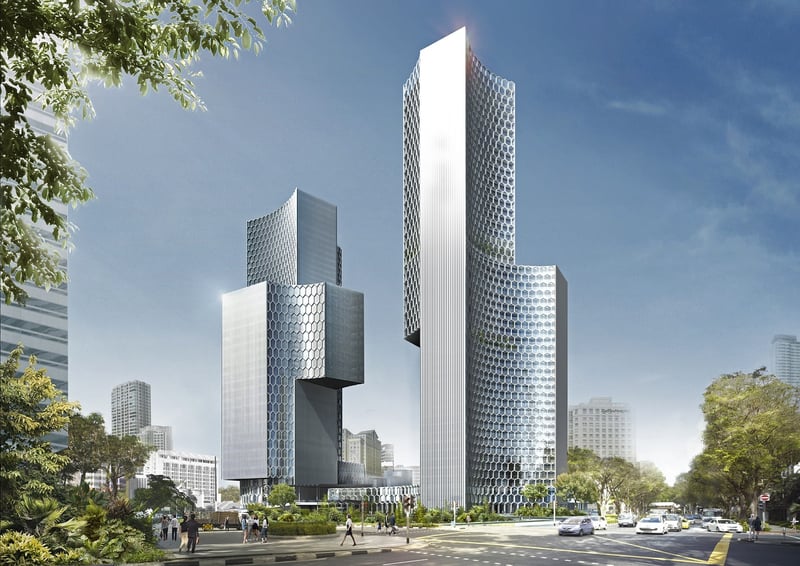Urban Greenery
The Benefits of Vertical Gardening in Urban Areas
Urban greenery plays a vital role in enhancing the quality of life in densely populated cities. Vertical gardening, a popular practice in urban areas, offers numerous advantages that contribute to a healthier and more sustainable environment.
Advantages of Vertical Gardening:
1. Space Utilization:
Vertical gardens make efficient use of limited space in urban environments. By growing plants upwards on walls or structures, individuals can maximize their growing area, ideal for balconies, rooftops, or small yards.
2. Improved Air Quality:
Plants help purify the air by absorbing pollutants and releasing oxygen. In urban settings with high levels of pollution, vertical gardens act as natural air filters, enhancing overall air quality and reducing respiratory issues.
3. Aesthetic Appeal:
Vertical gardens add a touch of greenery to concrete jungles, enhancing the visual appeal of buildings and public spaces. They create a calming and inviting atmosphere, promoting mental well-being and reducing stress levels.
4. Insulation and Energy Efficiency:
Plants on vertical surfaces provide insulation, reducing heat absorption by buildings during hot weather and lowering energy costs for cooling. They also act as sound barriers, minimizing noise pollution in urban areas.
5. Biodiversity Support:
Vertical gardens support biodiversity by providing habitats for insects, birds, and other small animals in urban areas. They contribute to the ecological balance of cities and promote a healthier urban ecosystem.
Urban Greenery and Sustainability:
As cities expand and green spaces diminish, urban greenery becomes increasingly crucial for sustainable urban development. Green spaces, including parks, gardens, and vertical plantings, offer a host of benefits to city dwellers and the environment:
- Combatting Urban Heat Islands
- Reducing Stormwater Runoff
- Enhancing Community Well-being
- Boosting Property Values
- Promoting Social Interaction
By incorporating vertical gardening and other green initiatives into urban planning, cities can create healthier, more livable environments for residents while reducing their ecological footprint.

Embracing vertical gardening and urban greenery is not only a step towards a more sustainable future but also a way to create vibrant, resilient cities that prioritize both the well-being of their inhabitants and the health of the planet.
